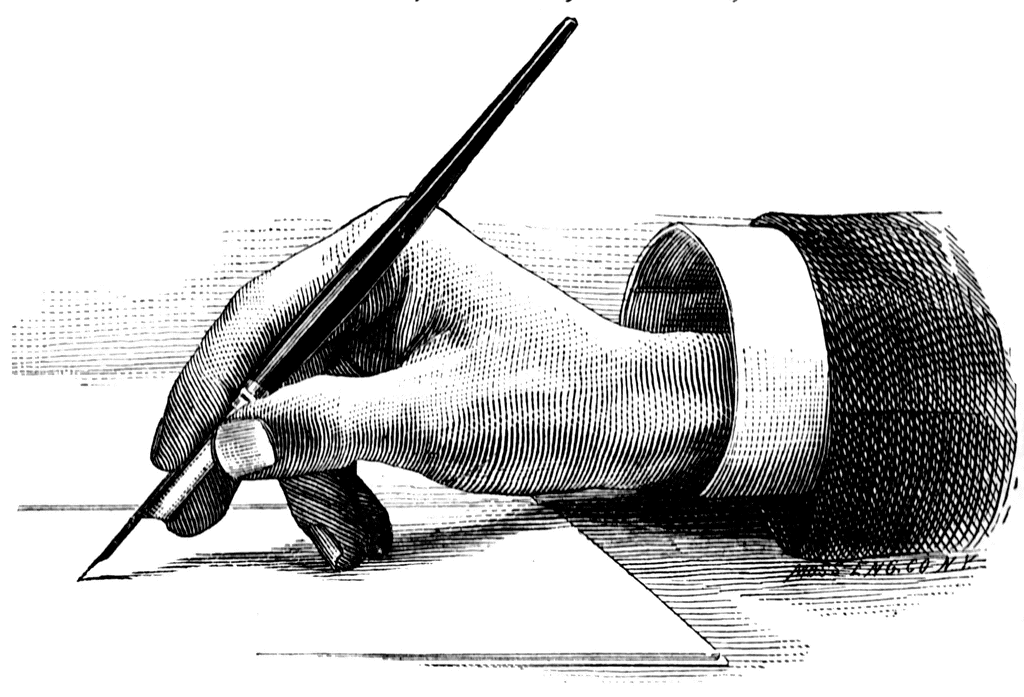Topic: Universal Precautions 100
When it comes to universal precautions, the underlying assumption is everyone.
Who carries blood borne pathogens?
Topic: Pathogens 100
The three most common Blood Borne Pathogens

What are HIV, Hepatitis B and Hepatitis C?
Topic: Immunization 100
Prevention measure before an exposure.

When is the best time to get the Hepatitis B vaccine series?
Topic: Clean Up 100
Gloves, Gown, Mask, Face Shield
What PPE that are required to be worn for all tasks in which a staff member may come into contact with blood or other body fluids.
Topic: Microbes, Pathogens and Viruses... Oh My
Microorganism that will cause illness or disease in the human body
What are bloodborne pathogens?
Topic: Universal Precautions 200
Three types of PPE that protect wearers from pathogens.
What are gloves, masks and safety glasses or goggles?
Lab coats, aprons, shoe covers will as well, depending on the situation.
Topic: Pathogens 200
This is the most common occupationally acquired infection. It leads to chronic liver disease, liver cancer and death. It can survive for at least one week in dried blood.
What is Hepatitis B?
Topic: Immunizations 200
The number of shots in the Hepatitis B series.
What are two or three?
Topic: Clean Up 200
The cleaner that kills blood borne pathogens on non-porous surfaces.
What is Bleach?

Topic: Microbes, Pathogens, & Viruses
Pathogen which causes Hepatitis and can be prevented with a vaccination.
What is Hepatitis B?
Topic: Universal Precautions 300
Donning and Doffing
What is the proper procedure and sequence for putting on PPE?
(Gown, mask, goggles/shield, gloves)
Topic: Pathogens 300
The bloodborne pathogen that attacks the body’s immune system, destroying the body’s ability to fight infection. This Virus leads to AIDS. It depletes the immune system and does not survive well outside of the body.
What is HIV? Human Immunodeficiency Virus

Topic: Immunizations 300
Human Immunodeficiency Virus (HIV)
Hepatitis C (HCV)
Non A, Non B Hepatitis
Syphilis
Malaria
Babesiosis
Brucellosis
Leptospirosis
Arboviral infections
Relapsing fever
Creutzfeld-Jakob disease
Human T-lymphotrophic Virus Type 1
Viral hemorrhagic fever
Which Blood Borne Pathogens have no vaccine?
Topic: Clean Up 300
The use of physical or chemical means to remove, inactivate or destroy bloodborne pathogens on surface or item to the point where they are not longer capable of transmitting infectious particles and the surface or item is rendered safe for handling, use or disposal
What is decontamination?
Topic: Microbes, Pathogens and Viruses
A common pathogen in which a vaccination has not yet been developed due to the high number of variants for this virus ~ 60 subtypes.
What is Hepatitis C?
Topic: Universal Precautions 400
A red sign with black markings on it that is used to indicate hazardous materials.
What is the symbol for biohazard?
Topic: Pathogens 400
Three symptoms of a bloodborne disease.
What are (any of the following:)
Flulike Symptoms
- Fever, Aches and Pains
Stomach Problems
aches and pains, nausea, vomiting or diarrhea.
Fatigue (that lingers)
Weight Loss
Unexplained & rapid
Jaundice
Topic: Immunization 400
24 hours after exposure.
What is the open window for vaccination against Hepatitis B after an exposure?
(Effectiveness is still less than when one gets it before exposure.)
Topic: Clean Up 400
Regulated Waste
What is blood waste called when it is liquid or semi-liquid blood or other potentially infectious material (OPIM); contaminated items that would release blood or OPIM in a liquid or semi-liquid state if compressed?
Topic: Microbes, Pathogens and Viruses
Hepatitis attacks this organ
What is the liver?
Topic: Universal Precautions 500
Three ways of transmitting Bloodborne Pathogens in the workplace including work assignments "after hours".
1)Accidental puncture by a sharp object, such as a needle, broken glass, or other "sharps", contaminated with the pathogen.
2)Contact between broken or damaged skin and infected body fluids
3)Contact between mucous membranes and infected body fluids.
Topic: Pathogens 500
Touching an infected person
Coughing or sneezing
Using the same equipment, materials, toilets, water fountains or showers as an infected person.
Walking by the OSHA Coordinator's desk.
What are 4 ways that bloodborne pathogens are not transmitted?
Topic: Immunization 500
Certain vaccinations are required for employees to maintain the OSHA standard. This form allows employees to state their personal intentions regarding vaccination status.

Clipart courtesy FCIT
What is the Hepatitis B Vaccination Declination Form.
This is the form that everyone who opts out of Hepatitis B vaccination must complete.
Topic: Clean Up 500
A Hazard Communication Standard (HCS) that requires a detailed informational document be prepared by the manufacturer of a hazardous chemical to communicate information on these hazards to all users.
What are the SDS or Safety Data Sheets?
Topic: Microbes, Pathogens and Viruses
Written plan for our clinics that identifies exposure prevention to bloodborne pathogens and other potentially infectious material (OPIM) that is reviewed annually by the OSHA Coordinator.
What is the Exposure Control Plan?